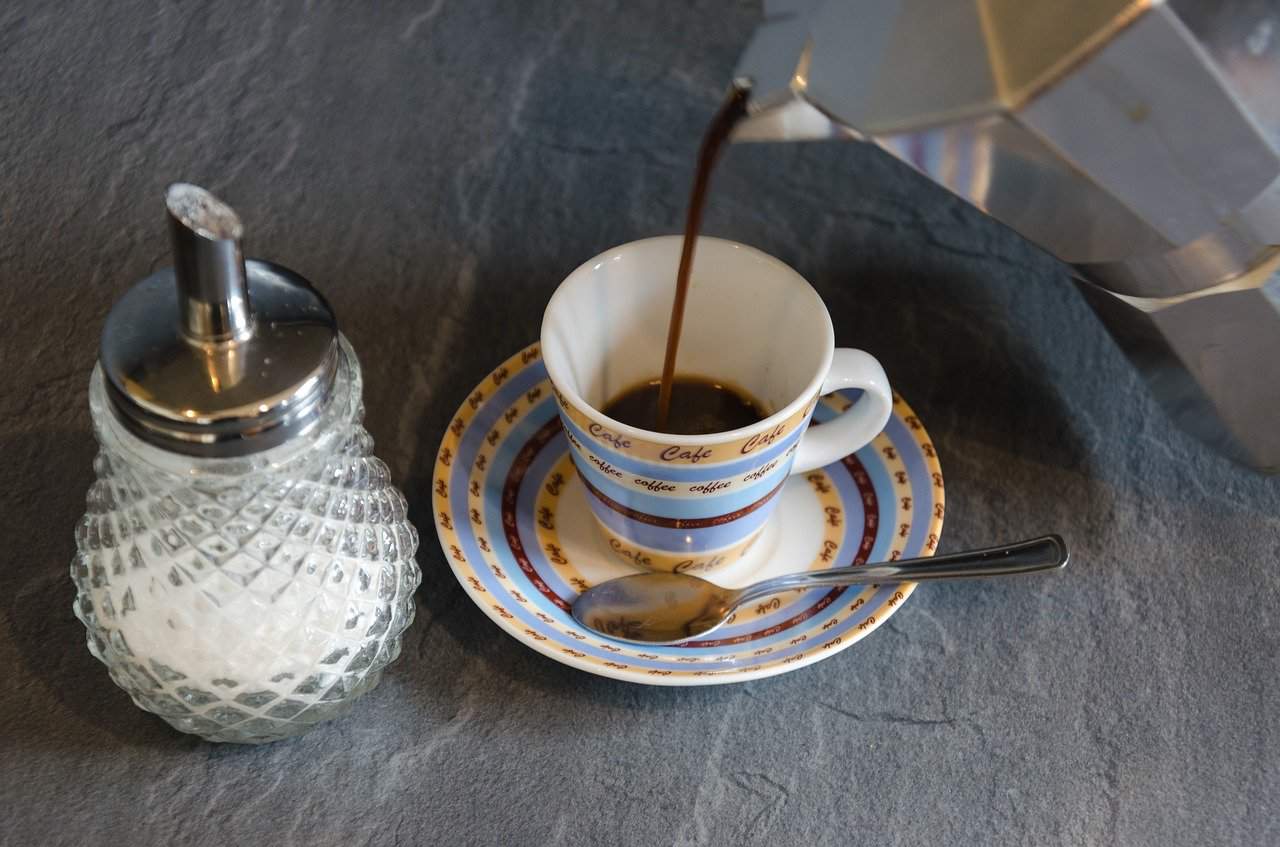The Moka Pot is often thought of as one of the easiest ways to make a good cup of coffee, but it can be deceiving. Even with an apparent easy-to-operate coffee maker, a lot can go wrong.
Why does coffee from a Moka Pot taste burnt? Or metallic? Why does it taste bitter or has no taste at all?
Brewing coffee in a Moka Pot is easy and fast, but people make a few common mistakes when using this brewing method. The most important things to get right are the boiling process, the grind size, temperature, and brewing duration.
Luckily, your days of drinking bitter Moka Pot coffee are about to be over. Here are 8 tips for brewing better coffee with a Moka Pot.
Tip #1: Start with hot instead of cold water
From what I’ve seen, this is a debated topic online. However, I would always advise anyone to start their Moka Pot brew with hot water. I actually pre-boil my water in a water heater and pour the boiling water into the base of the Moka Pot before putting it on the stove.
The reason for this is that, ideally, you’d want to limit the amount of time your Moka Pot sits on your stove.
Why? Simple, the coffee grounds are inside the Moka Pot, and prolonged exposure to heat may burn the coffee grounds and affect the taste of your brew. When filling up the pot with cold water, it will take much too long to heat up, and all this while, the coffee will be cooking along with it.
When pre-heating your water, the Moka Pot will boil almost immediately, minimizing the time your pot sits on the stove and preserving the flavor of your coffee.
Tip #2: Use the correct grind size – avoid bitterness
The most common mistake I see people make is that they use a grind that’s too fine for a Moka Pot.
Because many folks mistake Moka Pot coffee for espresso, they either buy fine grind espresso coffee or, if they grind the coffee themselves, use a finer grind.
It comes down to personal taste and flavor preferences. Of course, you’re free to experiment here. However, using a fine grind, like espresso, in a Moka Pot will often result in a bitter brew.
To avoid this, use a coarser grind, but don’t make it too coarse. There shouldn’t be lumps and boulders, which would result in a bland and watery brew.
A good rule of thumb is to use the same coarse grind as you would use for a drip or a pour-over coffee.

Tip #3: Grind your own coffee
For the best and the freshest brew, grind your own coffee using fresh coffee beans. It’s simply better than any ground coffee you can buy.
Choose quality, freshly roasted coffee beans and only grind them just before you use them. This way, you will preserve the natural aromas and flavors as much as possible.
Tip #4: Don’t pad down the coffee
Another thing that I see lots of people do is padding the coffee down after they put it in the Moka Pot. From what I understand, their reasoning for this is that when the coffee is tightly packed together, the pressure needed to push the water to the top is greater. This would somehow be beneficial for the taste.
This is not the case. What will happen is that the water will push through some of the grounds and leave the rest unused, resulting in a watery cup of coffee.
When putting the coffee in the Moka Pot, spread it evenly but don’t push it down.
This way, the water can better mix with the coffee. Because the coffee can mix with the water more easily, it has a larger surface available for extraction, releasing a burst of .flavors
Tip #5: Use the right amount of coffee
Again, this is down to your personal taste and something to experiment with; however, brew ratios depend on the type of coffee you use and the grind itself.
As a standard ratio for a common 250ml Moka Pot, we use 15-17 grams of coffee (2.5 tablespoons). This is a good starting point but can be adjusted to your personal preference.
Tip #6: Control your temperature
The heat level is essential for Moka pots. Too much heat input will burn the coffee, too little will slow down the brewing process too much. It’s best to keep your stove on medium heat as this will speed up the brew sufficiently without impacting the taste of the coffee negatively.
Tip #7: Keep brewing short and sweet
The brew times in a Moka pot are short; you’ll certainly need to keep an eye on it.
Especially because you’ve already pre-heated your water, the brewing process will start within seconds after putting the pot on your stove.
You’ll see the coffee come out of the chimney; when it gets bubbly and pale in color, you’re done.
Take the Moka pot off the stove and cool it down by holding the bottom chamber under cold water. This will stop the extraction process by cooling down the water that remains in the chamber quickly. It will also prevent the coffee from developing a metallic taste.

Tip #8: Clean your Moka Pot after use
It is a common myth that Moka Pots don’t need to be cleaned or that somehow the coffee will get better over time when not cleaned.
This is, of course, not the case. Like any other coffee machine, coffee maker, or brewing device, Moka Pots accumulate bits of coffee, coffee oils, and mineral deposits that can negatively influence the flavor profile. It will make for a bitter coffee brew.
Bottom line: always take good care of your brewing equipment, and you’ll always enjoy the best coffee possible.
There are a lot of differences of opinion about whether you should clean a Moka Pot with soap. Personally, I only clean it with soap occasionally, but I give it a good once over with a brush and running water to avoid soap residue affecting my brew.
Ensure to clean out the filter and the chimney, as this is where residue and oils tend to build up over time.
Whatever you do, do not put your Moka Pot in the dishwasher if you have a standard aluminum pot. Aluminum will turn black when exposed to the hot water in your dishwasher.
What kind of stove to use?
Moka pots work best with traditional gas stoves. Do you own an induction stove or an electric stove? Fret not; there are still ways to enjoy a good Moka Pot coffee.
Most Moka Pots will work just fine on any standard electric stove; however, for an induction stove, it’s more complicated. You can still make it work, but you’ll need an induction adaptor.
If you want to read more about it, please have a look at my article about how to use a Moka Pot on an induction stove.
Final thoughts
There you have it. This is how I brew myself a great-tasting morning Moka Pot coffee every time. Need more guidance? Have a look at our step-by-step guide on how to brew coffee with a Moka Pot.
Happy brewing!


